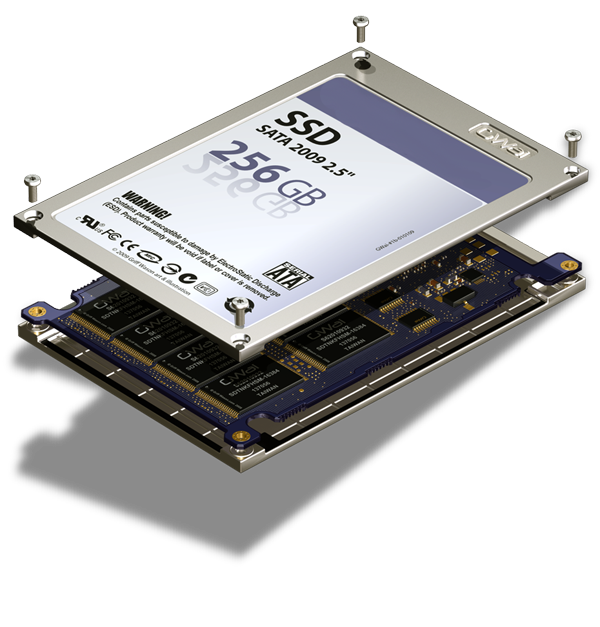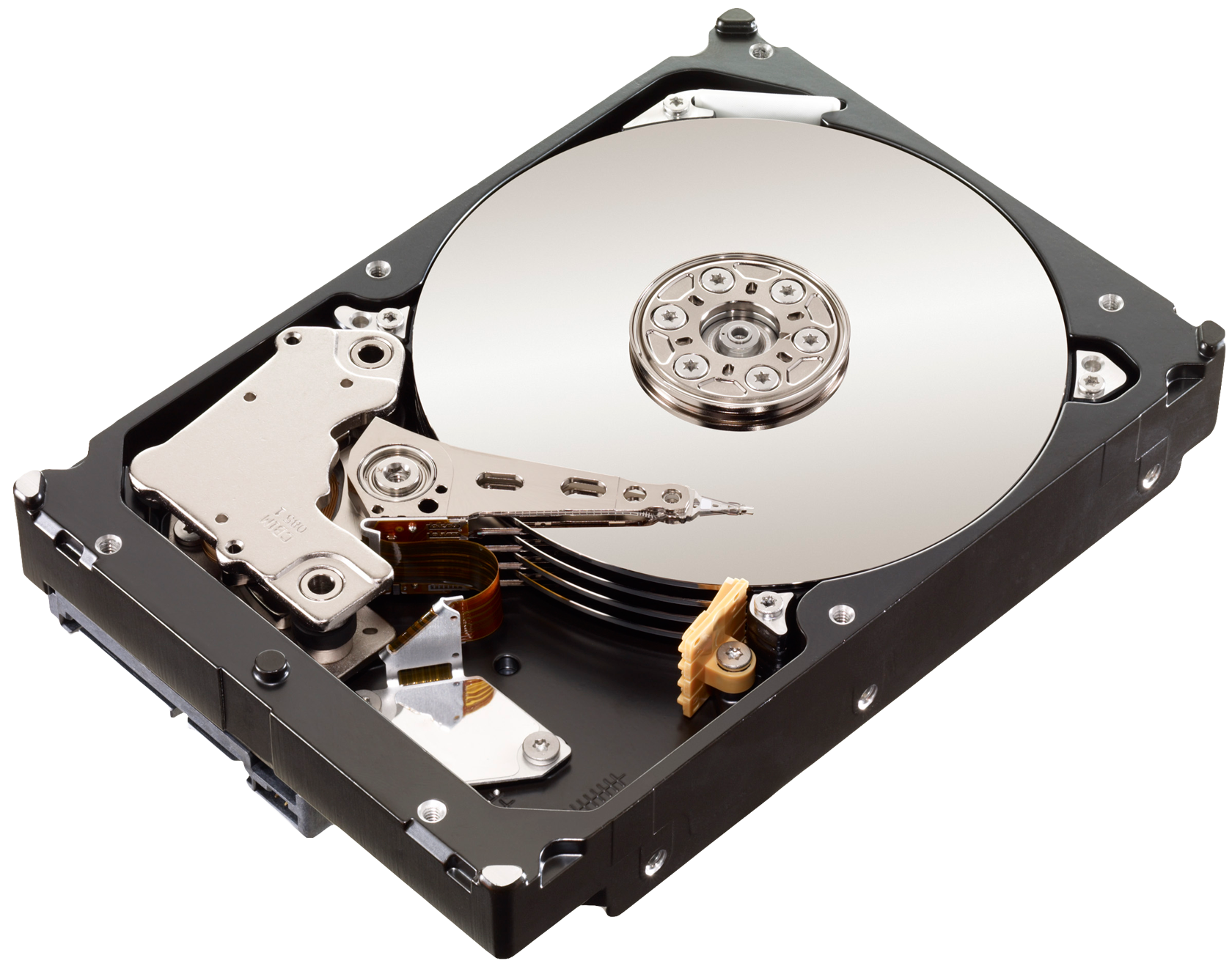NVMe vs. SATA SSD: Unraveling the Speed and Performance Differences
Choosing the right storage solution is a pivotal decision for maximizing system performance. In this exploration, we will dive into the technical aspects of NVMe drives and SATA SSDs, shedding light on the speed advantages of NVMe. This comprehensive comparison aims to help readers grasp the performance disparities, empowering them to make educated choices tailored to their specific computing requirements.
The Technological Leap of NVMe
NVMe (Non-Volatile Memory Express) marks a revolutionary stride in storage technology. Departing from the traditional SATA (Serial ATA) interface, NVMe drives directly connect to the motherboard through PCIe (Peripheral Component Interconnect Express) lanes. This direct connection eradicates bottlenecks associated with SATA, unlocking unparalleled data transfer speeds and minimizing latency.
Emphasizing the Speed Advantages of NVMe
The primary distinction between NVMe and SATA SSDs lies in speed. NVMe harnesses the high-bandwidth PCIe lanes to deliver lightning-fast read and write speeds. This becomes particularly noticeable during data-intensive operations, such as loading large files, running resource-demanding applications, or enhancing the responsiveness of the operating system. NVMe’s ability to process multiple queues of commands concurrently further amplifies its speed, making it an optimal choice for performance-centric computing tasks.
Grasping the Limitations of SATA SSDs
SATA SSDs, while a significant improvement over traditional HDDs, operate within the confines of the SATA III interface. SATA III has a theoretical maximum data transfer rate of 6 gigabits per second (Gbps). In real-world scenarios, SATA SSDs often reach the upper limits of this interface, constraining their performance. This limitation becomes starkly evident when compared to the remarkable speeds achievable with NVMe drives.
Empowering Choices Based on Computing Requirements
The decision between NVMe and SATA SSDs hinges on individual computing requirements. Tasks demanding the utmost speed, such as video editing, 3D rendering, or gaming with large textures, find superior performance in NVMe. Conversely, for typical computing tasks where cost-effectiveness is prioritized, a SATA SSD can provide excellent performance without the need for the extreme speeds offered by NVMe.


